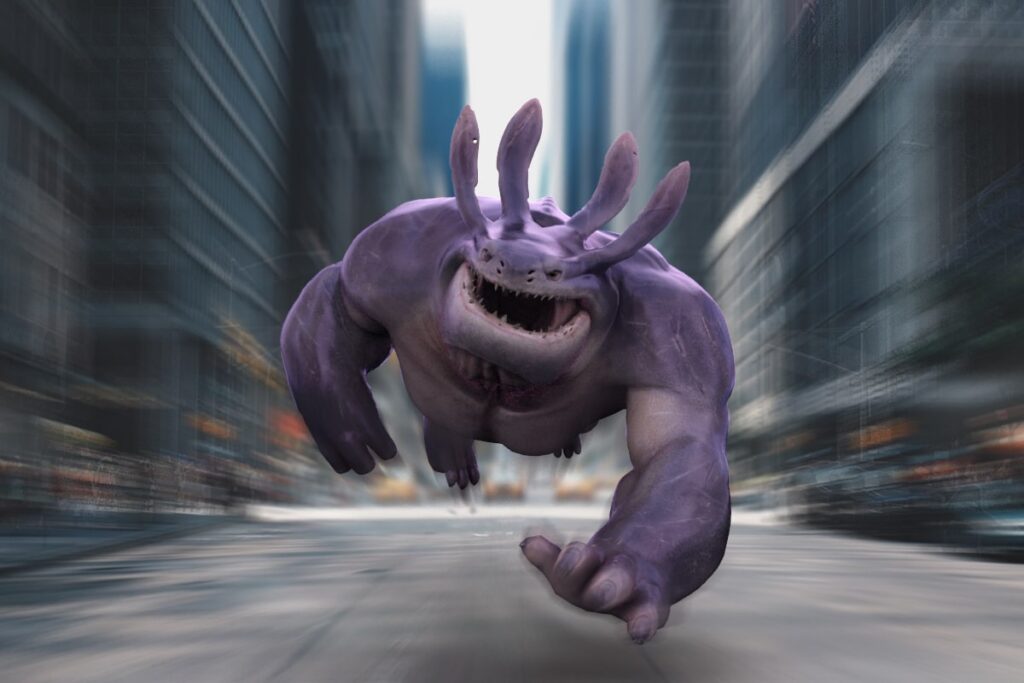Visual character design is a crucial aspect of various industries, including animation, video games, film, and advertising. A visually appealing and well-designed character can capture the audience’s attention, convey emotions, and drive the narrative forward. Whether you are a beginner looking to explore the world of character design or a seasoned professional aiming to enhance your skills, mastering visual character design techniques is essential for creating compelling and memorable characters.
1. Understanding the Basics of Visual Character Design
Visual character design involves creating unique and visually engaging characters that resonate with the audience. To excel in this field, it is essential to have a solid foundation in the basics of design principles, anatomy, and storytelling. Start by studying the fundamentals of shape, form, color theory, and composition. Understanding how these elements work together will help you create characters that are visually striking and cohesive.
2. Developing Character Concepts and Personal Style
One of the key aspects of visual character design is developing original character concepts that stand out. Begin by brainstorming ideas and sketching rough concepts to explore different possibilities. Consider the character’s backstory, personality traits, and motivations to create a well-rounded and compelling design. Developing your personal style is also crucial in establishing a unique and recognizable aesthetic that sets your work apart from others.
3. Refining Your Drawing and Illustration Skills
Strong drawing and illustration skills are essential for bringing your character designs to life. Practice sketching regularly to improve your understanding of anatomy, proportions, and expressions. Experiment with different drawing techniques, mediums, and styles to broaden your artistic repertoire. Pay attention to details such as facial expressions, body language, and costume design to add depth and personality to your characters.
4. Mastering Digital Tools and Software
In today’s digital age, proficiency in digital tools and software is a valuable asset for visual character designers. Familiarize yourself with popular software programs such as Adobe Photoshop, Illustrator, and Procreate, which offer a wide range of tools for digital drawing and painting. Understanding how to use layers, brushes, and color palettes effectively can streamline your workflow and enhance the quality of your character designs.
5. Studying Character Design in Animation Industry Essentials
For aspiring visual character designers interested in pursuing a career in the animation industry, enrolling in a specialized program like NYU Animation Industry Essentials can provide valuable insights and hands-on experience. This program offers a comprehensive curriculum that covers various aspects of character design, animation principles, and industry trends. By immersing yourself in a creative and collaborative learning environment, you can refine your skills and build a strong portfolio that showcases your talent to potential employers.
6. Collaborating with Peers and Seeking Feedback
Collaboration and feedback are essential components of the creative process in visual character design. Joining online communities, attending workshops, and participating in collaborative projects can help you connect with fellow designers, share ideas, and receive constructive criticism. Seeking feedback from peers, mentors, and industry professionals can provide valuable insights and help you identify areas for improvement in your work.
7. Building a Strong Portfolio and Online Presence
A well-curated portfolio is a powerful tool for showcasing your skills and attracting potential clients or employers. Select your best character designs and illustrations to include in your portfolio, highlighting your versatility, creativity, and attention to detail. Establishing a professional online presence through platforms like Behance, ArtStation, or personal website can help you reach a wider audience and network with industry professionals.
8. Exploring Career Opportunities in Visual Character Design
Visual character design offers a wide range of career opportunities in industries such as animation studios, video game companies, advertising agencies, and freelance illustration. Some of the top job roles in this field include character designer, concept artist, storyboard artist, illustrator, and visual development artist. By honing your skills, building a strong portfolio, and networking within the industry, you can pursue a rewarding career in visual character design.
9. Continuing Education and Skill Development
The field of visual character design is constantly evolving, with new trends, technologies, and techniques emerging regularly. To stay competitive and relevant in the industry, it is essential to continue learning and expanding your skill set. Attend workshops, conferences, and online courses to stay updated on the latest developments in character design and related fields. Embrace lifelong learning as a way to grow as a designer and push the boundaries of your creativity.
10. Embracing Creativity and Passion for Visual Character Design
At its core, visual character design is a creative and expressive art form that allows designers to bring their imagination to life. Embrace your creativity, passion, and unique perspective as you embark on your journey in visual character design. Experiment, take risks, and push the boundaries of traditional design conventions to create characters that resonate with audiences and leave a lasting impression.
Conclusion
Mastering visual character design techniques requires dedication, practice, and a deep understanding of design principles and storytelling. By honing your drawing skills, developing original character concepts, and embracing digital tools, you can create compelling and memorable characters that captivate audiences across various industries.
Remember to seek feedback, collaborate with peers, and continue learning to grow as a visual character designer and pursue a successful career in this dynamic and creative field.
Key Takeaways:
- Understanding the basics of visual character design is essential for creating visually striking and cohesive characters.
- Developing original character concepts and personal style sets your work apart and makes it memorable.
- Strong drawing and illustration skills are crucial for bringing character designs to life with depth and personality.
- Proficiency in digital tools and software like Adobe Photoshop and Illustrator streamlines workflow and enhances character designs.
- Enrolling in specialized programs like NYU Animation Industry Essentials can provide valuable insights and hands-on experience in character design and animation.
- Collaboration and feedback are vital for growth in visual character design, so seek input from peers and industry professionals.
- Building a strong portfolio and online presence showcases your skills and attracts potential clients or employers.
- Visual character design offers diverse career opportunities, including roles like character designer and concept artist.
- Continuing education through workshops, conferences, and online courses is crucial to staying competitive and relevant in the industry.
- Embrace creativity and passion in your visual character design journey to create characters that resonate with audiences.
Consider taking the NYU Animation Industry Essentials online course and certificate program to further enhance your skills and knowledge in visual character design and animation.






